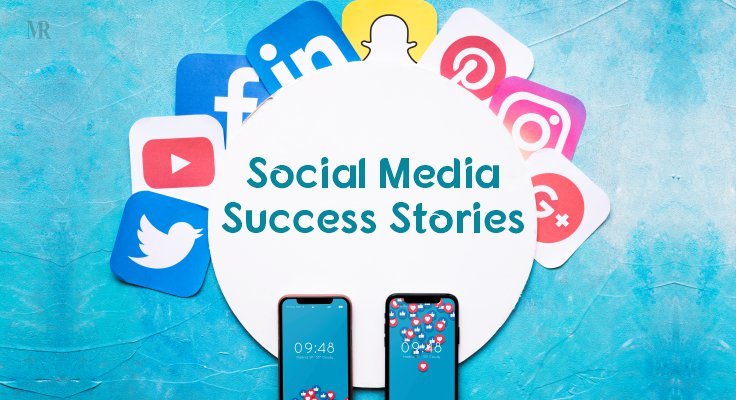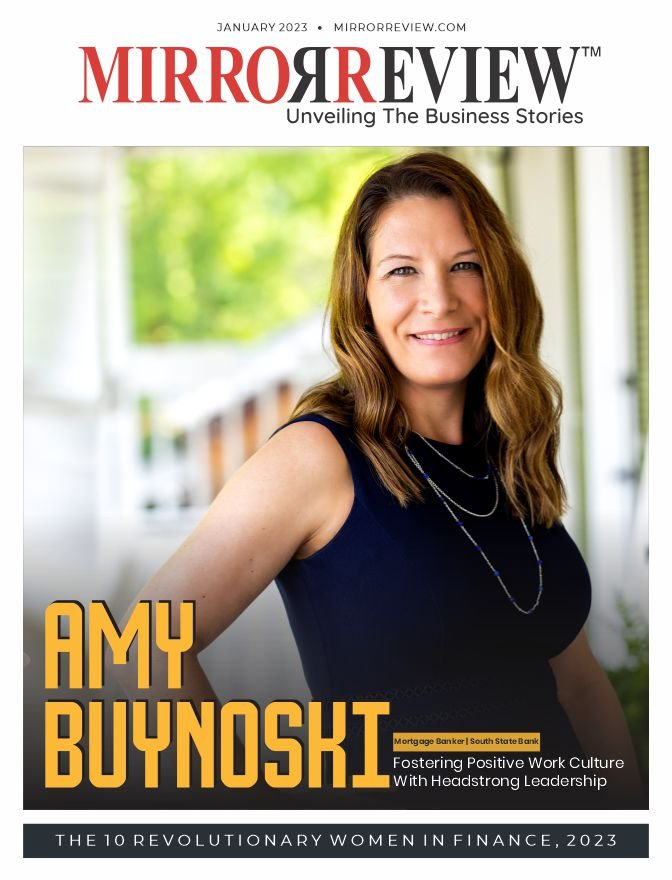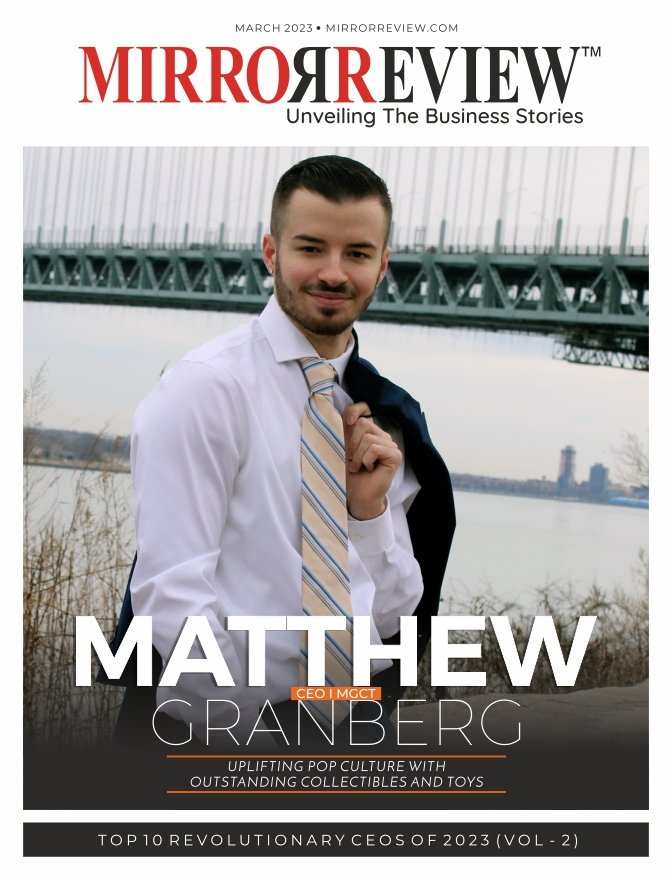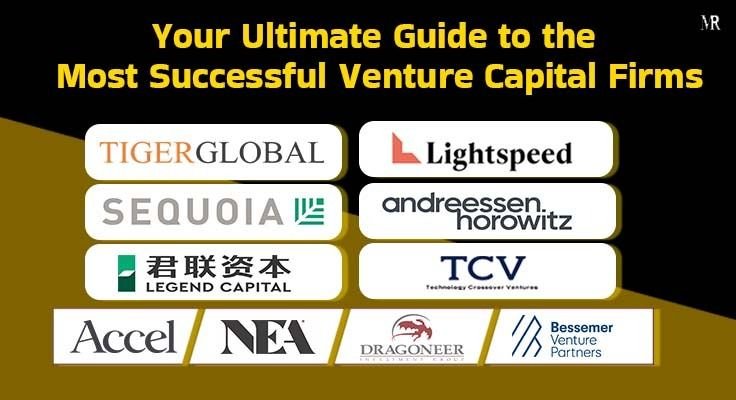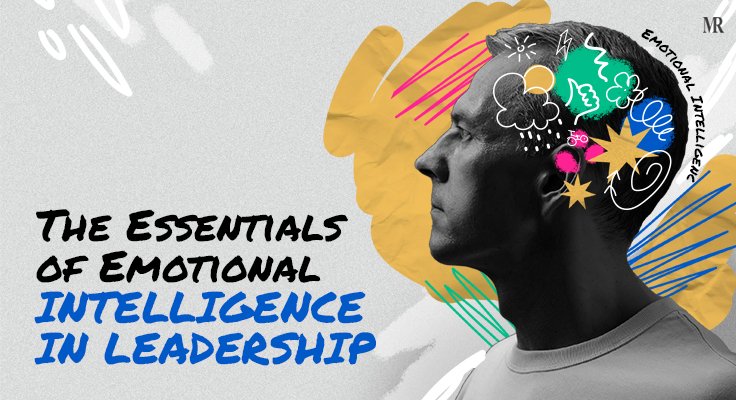Social media originated as a way to interact with friends and family but was later adopted by businesses, which wanted to take advantage of a popular new communication method to reach out to customers. The power of social media is the ability to connect and share information with anyone on Earth or with many people simultaneously.
Social networks are now so well established, that there are core social networks that don’t change much from year-to-year. However, as we will see in this post how the most popular social media sites gained their users.
The important question being, in the beginning, how they gained their users?
Social Media Platforms
- Twitter: The Event Factor
- Instagram: The Influencing Factor
- Skype: The PR Factor
- WhatsApp: The Ping Factor
- YouTube: The Viral Video Factor
- Snapchat: Student Interaction Factor
- Linkedin: The Experimentation Factor
- Facebook: The Collage Interaction Factor
- Tumblr: The MicroBlog Factor
- Pinterest: Campaign Factor
Twitter: The Event Factor
In 2007, during an event, Twitter usage increased from 20,000 tweets per day to 60,000. The Twitter team cleverly placed two 60-inch plasma screens in the conference hallways, exclusively streaming Twitter messages. Hundreds of conference-goers kept tabs on each other via constant twitters. Panelists and speakers mentioned the service, and the bloggers in attendance touted it.
Instagram: The Influencing Factor
More than 25,000 users signed up on the day Instagram was launched, and one of them included a high-profile influencer, Jack Dorsey.
The Twitter Co-founder tweeted about it to his million+ followers, which likely caused them to go check out the app. Other early adopters included Apple’s Phil Schiller and celebrities like Justin Bieber.
Pro Tip- Getting your product in the hands of relevant influencers and promoting your product in an event can be a win-win situation.
Skype: The PR Factor
Skype has created a business for itself. The team simply sent the download link to friends and bloggers. The NY Times ran a one-pager about Skype on October 12, 2003, just over a month after the first beta launch. Less than 2 months after the public launch, Skype reached 100,000 concurrent users online.
WhatsApp: The Ping Factor
In 2009, Apple launched push notifications, which Jan Koum incorporated into WhatsApp. In the newest incarnation, when users changed their statuses the app pinged everyone in their network via push notification. Users liked this function so much that they began using the app to ping one another.
YouTube: The Viral Video Factor
In September 2005, the video of Nike ad went viral. It was a clip of Brazilian soccer player Ronaldinho receiving his pair of Golden Boots. The video received 1 million views, which automatically increased the users of YouTube.
Snapchat: Student Interaction Factor
In January 2012, Snapchat started spreading like wildfire through very high school in Southern California. Within weeks, it was moving very organically to other high schools geographically and colleges. Snapchat also grew very quickly in tight-knit communities at high schools and colleges, where students interact at a very high frequency and call tell each other to download Snapchat in between classes.
Linkedin: The Experimentation Factor
Growth accelerates with the introduction of address book uploads in late 2003. LinkedIn introduces new features like Groups and partners with American Express to promote its offerings to small business owners.
Facebook: The Collage Interaction Factor
In 2003, Mark Zuckerberg created an online program called “Facemash”, which allowed users to objectify fellow students by comparing photos of their faces and selecting who they deemed as “hotter”. Expanding that idea on February 4, 2004, the first iteration of Facebook was born, known as thefacebook.com and made available exclusively to Harvard students.
Tumblr: The MicroBlog Factor
Within 2 weeks of its launch, it gained 75,000 users. Users were able to like other people’s posts as well as reblog them onto their blog (Micro-blogging). This helped to gain many more users who had the talent to display which they were unable to do in other places.
Pinterest: Campaign Factor
Moms were the first active users of Pinterest.
Ben Silbermann personally writes “Thank you” to the first 7000 users. They have launched a campaign called “Pin it forward”.
Also Read,
Social Media: A Boon or Bane For Your Business?
The 10 Best Instagram Marketing Strategies To Increase Engagement

